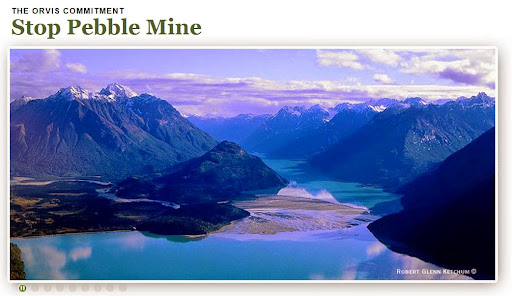FISHFARMS: Forming My World View through Aquaculture in 1977
by Robert Glenn Ketchum
In 1977, I was commissioned by Elisabeth Mann Borgese to help do research, interviews, and take photographs for a book she was writing about worldwide aquaculture. It would be published by Harry N. Abrams, one of the world’s premier publishing houses, famous for their beautiful books. It would also involve around-the-world travel to 8 countries, and some of the most remarkable places I would ever visit. SEAFARM: The Story of Aquaculture was a very successful publication featuring over 100 of my images, and an exhibit I assembled with support from Nikon, became a Smithsonian traveling exhibition for 6-yrs., viewed by over 6-million people. ~Robert Glenn Ketchum
In 1977, I was commissioned by Elisabeth Mann Borgese to help do research, interviews, and take photographs for a book she was writing about worldwide aquaculture. It would be published by Harry N. Abrams, one of the world’s premier publishing houses, famous for their beautiful books. It would also involve around-the-world travel to 8 countries, and some of the most remarkable places I would ever visit. SEAFARM: The Story of Aquaculture was a very successful publication featuring over 100 of my images, and an exhibit I assembled with support from Nikon, became a Smithsonian traveling exhibition for 6-yrs., viewed by over 6-million people. ~Robert Glenn Ketchum
Friday, August 30, 2019
FISHFARMS: Forming My World View through Aquaculture in 1977, #71:
Fish Farms #71: As Elisabeth, our host/guides, and I, begin our return to Bangkok, we intend to do in one day downriver, what took several days as we came upriver. This run starts early in the day, and it is actually very nice to be out on the Chao Phraya in the cool air of the morning. Also, we are traveling at a greater speed heading back, because we are not “sight-seeing” any longer. Although I try not to spend too much film on things unrelated to our aquaculture research, there are no further pictures to be offered regarding fish, so I enjoy just observing the diverse river life, as we pass quickly by. Like most things you experience for a second time, I begin notice further conditions of life around the river, that I did not see when we first passed through. Most of these families along the shore, live OVER the water, and do not possess actual land. It makes them extremely vulnerable to flooding, and it exposes them to pollution in the water, that grows more apparent the closer we get to Bangkok. In the above image, the clothes being hung up to dry have just been washed in the river, and the women hanging them up, also bathed in it.
photograph(s) © copyright, ROBERT GLENN KETCHUM, 2019, @RbtGlennKetchum @LittleBearProd #LittleBearProd
Follow Robert Glenn Ketchum's Photographic Activism Online:
SOCIAL MEDIA by #LittleBearProd @LittleBearProd
____________________________________________________


















